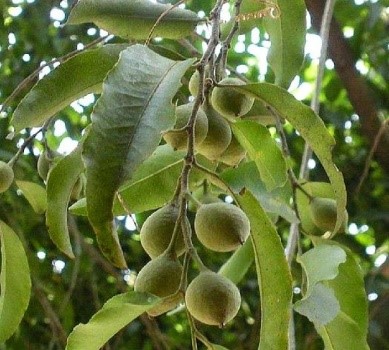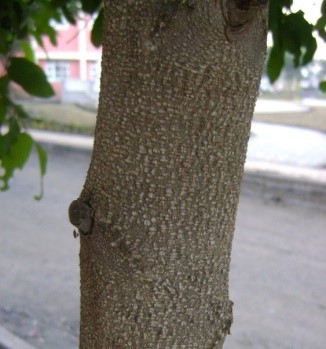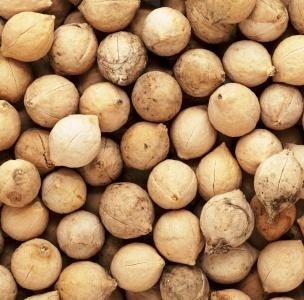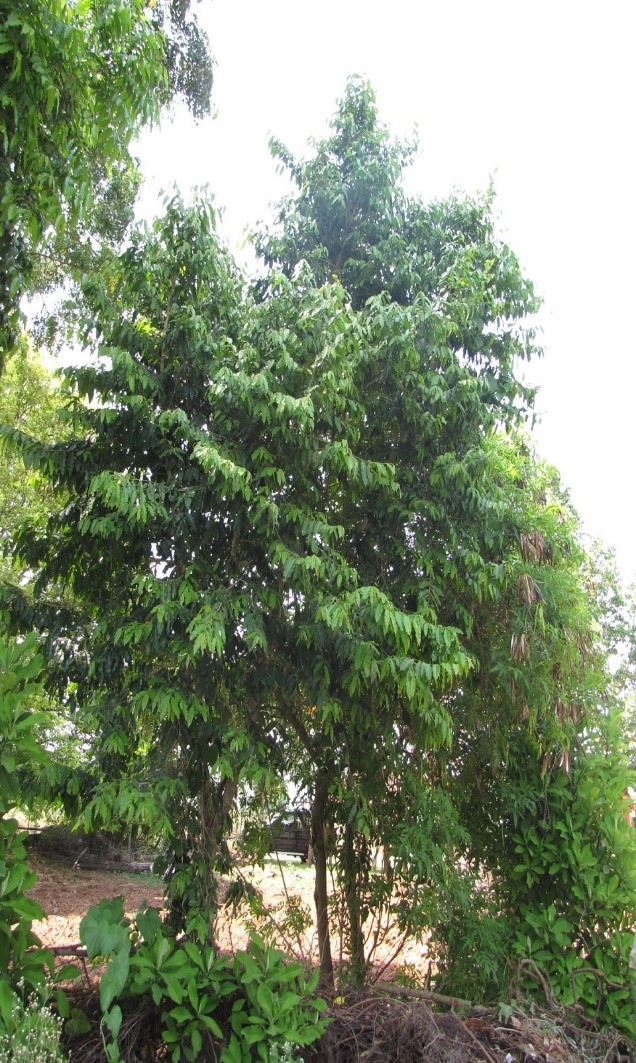Trees
Putranjiva roxburghii Wall.
Putranjiva roxburghii Wall.
Description :
This plant is evergreen dioecious tree
having height of about 10 to 15m with pendent branches. Bark of the tree is
yellowish grey in colour. The bark is bark grey and strong. Leaves are simple, alternate elliptic-oblong,
acute, coriaceous, dark green, distantly serrulate, and wavy, with small
stipules and the petiole is 5 to 7 mm long. The male flowers are yellowish and
have rounded axillary clusters and present on the main branches. Female flowers
are solitary or 2 to 3 together, greenish in colour and pedicels are 8 to 10 mm
long. The flowering time of the plant is March and May. Fruit a drupe, 1 to 2cm
long 1.5 cm broad and it is ellipsoid and pointed at both ends and yellowish
white in colour. Only one and very hard seed is present.
Distribution :
It is native to Southeast
Asia (Pakistan and India) Bangladesh, Sri Lanka, Nepal, Myanmar, Thailand,
Cambodia, Laos, Vietnam, Malaysia, and Indonesia to New Guinea, and Japan. It
is also cultivated in China and New Guinea. It grows very well at lower attitudes
along riverbanks, in evergreen forests and shady valleys.
Uses :
This Plant is usually grown as an
ornamental plant. This plant is also known for its medicinal qualities. Leaves
are used for treatment of illness, phlegm, skin ailment. The oil from the seed
and leaf extracts are mostly used in making herbal medicines. A decoction of
leaves and fruit is taken for the treatment of liver complaints, colds, fevers
and rheumatism. The hard, white seeds of the fruit are threaded into necklaces
and also used for rosaries. Necklaces made from the seeds are traditionally
given to children as a protection from disease. Olive brown oil is obtained
from the seed. It is used for burning. The grey wood is close-grained,
moderately hard. The wood is sometimes used for construction, turnery, tool
handles.
(Supriya et al., 2017)



